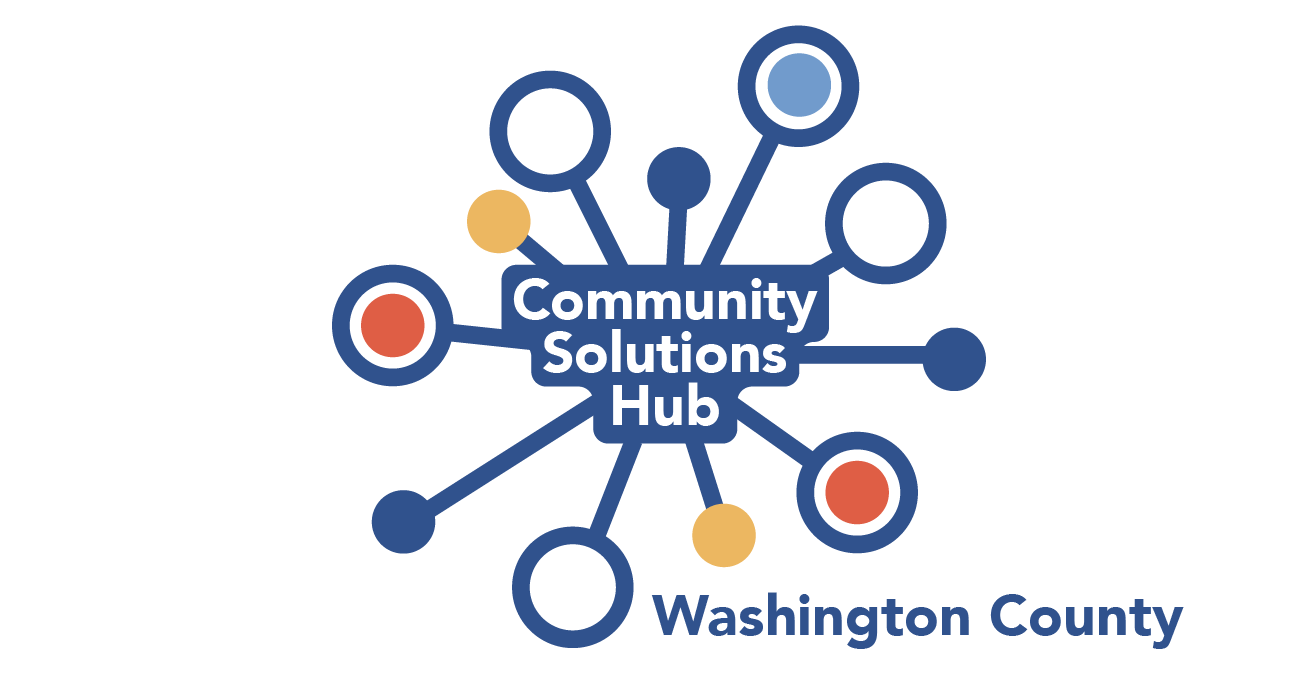Promising Practices
The Promising Practices database informs professionals and community members about documented approaches to improving community health and quality of life.
The ultimate goal is to support the systematic adoption, implementation, and evaluation of successful programs, practices, and policy changes. The database provides carefully reviewed, documented, and ranked practices that range from good ideas to evidence-based practices.
Learn more about the ranking methodology.
Filed under Good Idea, Health / Cancer, Women
Goal: The goal of this program is to reduce barriers to exercise and increase the likelihood that people will engage in physical activity.
Filed under Good Idea, Environmental Health / Built Environment
Goal: The goal of this initiative was to pinpoint community conditions that were detrimental to health in the Planada, California community.
Impact: The Student Education Empowerment Development Squad (SEEDS), with the help of the Central California Regional Obesity Prevention Program (CCROPP), addressed community issues through a youth-led process using Prevention Institute’s Tool for Health and Resilience in Vulnerable Environments (THRIVE).
Filed under Effective Practice, Environmental Health / Built Environment, Adults, Racial/Ethnic Minorities
Goal: The goal of Zoning for a Healthy Baltimore is to influence the final version of Baltimore’s new zoning code by informing stakeholders and decision-makers about the new zoning code’s potential to create healthy communities and decrease health disparities, with an emphasis on preventing obesity and crime.
Impact: Zoning for a Healthy Baltimore is an HIA of the Baltimore zoning code rewrite in order to maximize the potential to create healthier communities. Since publication, Baltimore has revised its zoning code to incorporate dispersal standards and other strategies related to placement of alcohol outlets.
Filed under Evidence-Based Practice, Health / Other Conditions, Older Adults
Goal: The goal of the Arthritis Foundation Exercise Program is to increase joint flexibility, range of motion, and muscle strength among individuals with arthritis.
Filed under Evidence-Based Practice, Health / Other Conditions, Adults, Older Adults
Goal: The program is focused on reduction of pain and improvement of function for arthritis patients unable or unwilling to attend small group ASMPs, which have proven effective in changing health-related behaviors and improving health status measures.
Filed under Evidence-Based Practice, Health / Older Adults, Older Adults
Goal: The goal of the Programa de Manejo Personal de la Artritis is to improve personal arthritis management among Spanish-speaking adults with arthritis.
Filed under Good Idea, Education / Student Performance K-12, Teens, Urban
Goal: The goal of the Arts Residency Interventions in Special Education (ARISE) Project is to help youth develop creative expression, critical thinking, and basic learning through the arts.
Filed under Good Idea, Health / Health Care Access & Quality, Children, Families
Goal: Healthy Kids plans to enroll all uninsured children who are not eligible for Medi-Cal and who are residents of Sonoma County in the health care and insurance program.
Filed under Effective Practice, Health / Health Care Access & Quality, Children
Goal: The goal of the King County Asthma Forum is to improve asthma outcomes among low-income children.
Filed under Effective Practice, Community / Social Environment
Goal: The mission of the program is to work vigorously to free participants from the burden of welfare dependency, and achieve a better, happier lifestyle through self-sufficiency. It will serve the taxpayers of Riverside County by reducing welfare dependency, thus making tax dollars available for other expenditures and needs.
Impact: The program produced a large net savings to the government through increased tax revenues and reduced welfare and food stamps payments (as an estimate, $2.84 saved for every $1.00 invested over five years).

